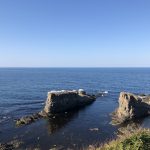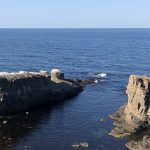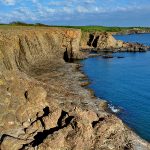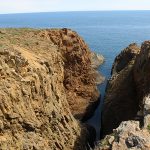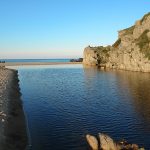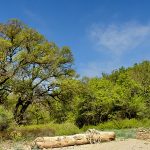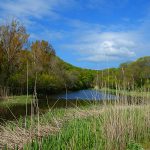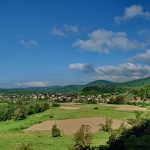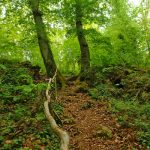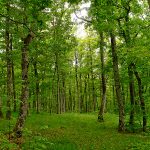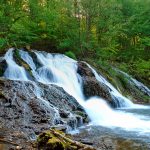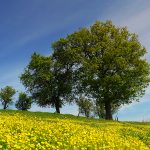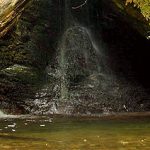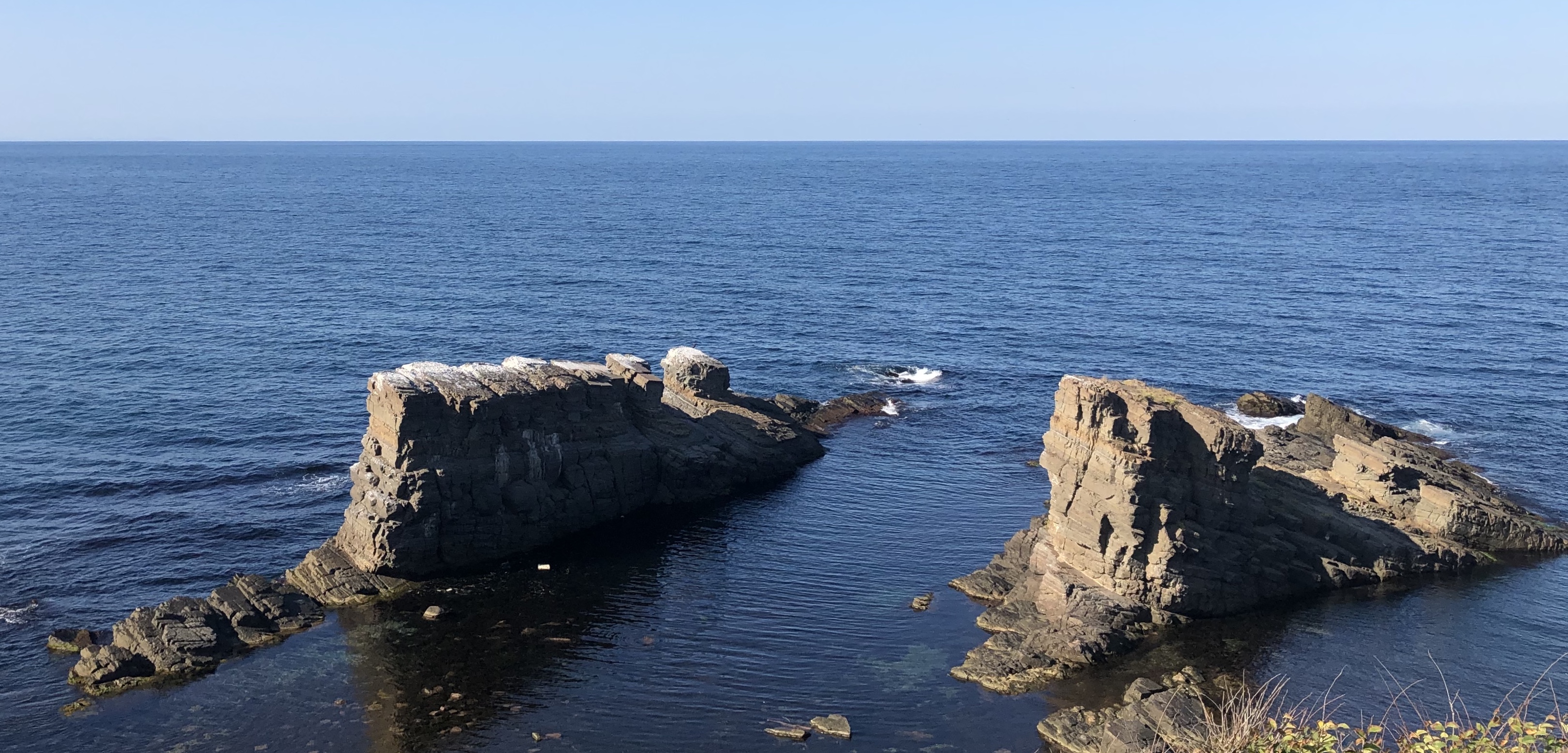
Strandzha Natural Park
Strandzha Natural Park is the largest protected area on the territory of Bulgaria that stretches over 1161 sq km.
It was declared a protected area by virtue of Ordinance No. RD350 of 14 July 2000. It is located in the southeastern part of country, its southern border coincides with the Bulgarian sovereign border with Turkey, and it spreads as far as the Black Sea Coast to the east.
The Nature Park lies on the territory of Strandzha Mountain which spreads in both Bulgaria and Turkey.
The park comprises five nature reserves, fourteen protected areas and eight natural landmarks.
Interesting fauna and flora species-remnants of past geological periods (relicts) inhabit Strandzha. 64 relict species live on the territory of the park, seven of which cannot be seen anywhere else in Europe.
This is the only place in the entire continent where the typical forests from the end of the Tertiary (approximately 1.8 million years ago) have been preserved. Deciduous forests cover about 80% of the territory of the park.
Their average age is higher than the ages of the other trees in the country. One can often come across Oriental Sessile Oak trees, Oak trees, Oriental Beech trees and Tanniniferous Oak trees that are 1.5 – 2.0 m in diameter and over 500 years old in the natural ancient woods.
Strandzha Park is the Bulgarian protected area with the greatest number of vertebrates – 413 species, 31 of which are relict, such as the Dysdera Asiatica spider, the Stibaropus Henkei bug, the Heteropterus Morpheus butterfly, etc. 600 invertebrates live in the park. Nearly 70 types of fish inhabit the coastal waters on the territory of the park, and there are also 42 fresh water species.
Via Pontica avian migratory route passes through the coastal areas of Strandzha Park. Every year millions of birds fly through this air corridor swopping their mating places in Northern Europe for the winter shelters in Africa.
This makes the park extremely important for the survival of scores of rare and protected bird species. 270 kinds of birds are spotted on the territory of the park. The populations of 50 species are of European importance: White Stork (Ciconia ciconia), Black Stork (Ciconia nigra), Lesser Spotted Eagle (Aquila pomarina), etc.
The rich biological diversity of the park is a result of the geological history of Strandzha, its climate, and its unique geographical position – it stands on the crossroad between Europe, the Mediterranean and Asia.
Within a territory of just a couple of square kilometres tourists can cross a venerable oak forest, then walk through a typical Mediterranean zone and a wet bay forest to finally reach the seashore. There are several marked eco-trails on the territory of the park.
Apart from the biological diversity of protected fauna and flora species, nestinarstvo – an old ritual with pagan roots where people dance on hot embers, is one of the symbols of Strandzha. In Balgari Village dances are performed every year on the Day of St. Constantine and Helena – 21 May.
In Kosti Village they are performed on Ilinden (the Day of Elijah – 20 July), while in Brodilovo Village they take place on the Day of St. Pantaleon (27 July). Nestinarstvo is included in the List of World Intangible Cultural Heritage of UNESCO.
Petrova niva Historical Area (Petrova Field Historical Area), which is related to the Ilinden Uprising (the culminating point in the struggle for national liberation of the Bulgarians from Macedonia and Thrace against the Ottoman rule), is located near Stoilovo Village.
Tourists can visit the memorial monument erected there in memory of the people who lost their lives during the uprising, the museum exhibition and St. Petka Ossuary Chapel. The Monument of the Preobrazhenie Uprising was declared a historical monument of culture of national importance by virtue of publication in State Gazette, issue No 97 of 1970.
An important Thracian beehive-shaped tomb lies in Mishkova niva Area (Mishkova Field Area), not far from Malko Tarnovo. Since the area is situated within the border region with Turkey tourists who wish to visit the tomb must contact the Tourist Information Centre at Malko Tarnovo in advance. The information centre provides guides.
The villages in Strandzha have preserved their architecture and offer accommodation in small family houses and family hotels. There are camping sites along the Black Sea Coast and the valleys of Veleka and Mladezhka Rivers are preferred spots for tenting.
Two information-visitor centres operate in the town of Malko Tarnovo and Gramatikovo Village. They provide information about tourist routes and accommodation, and also contact local guides and tourists.
Unnamed Road, Stoilovo, Burgas, 8165, Bulgaria.

